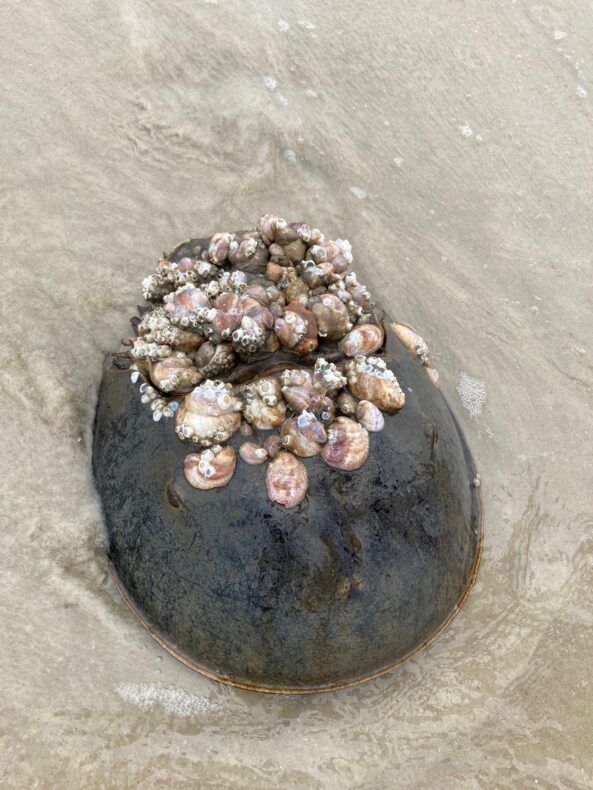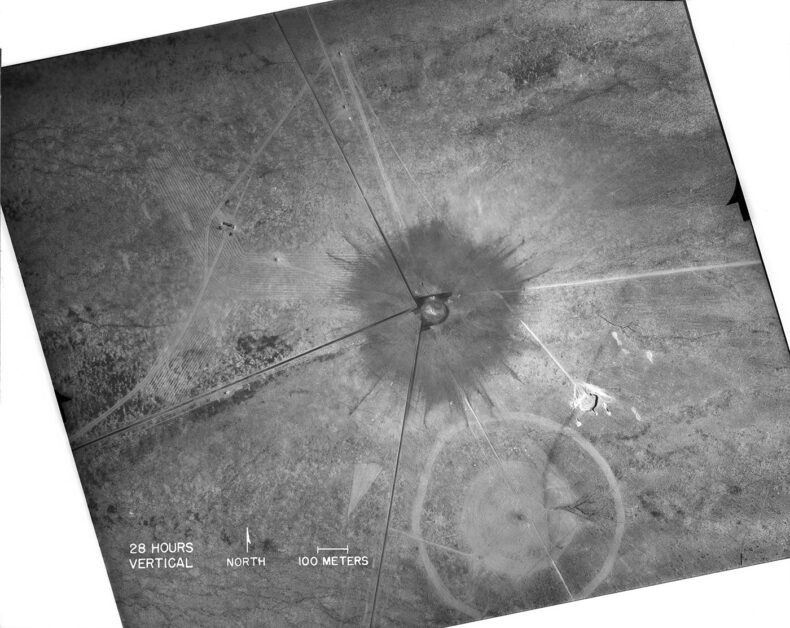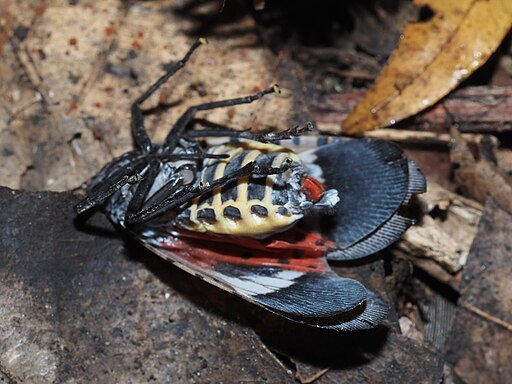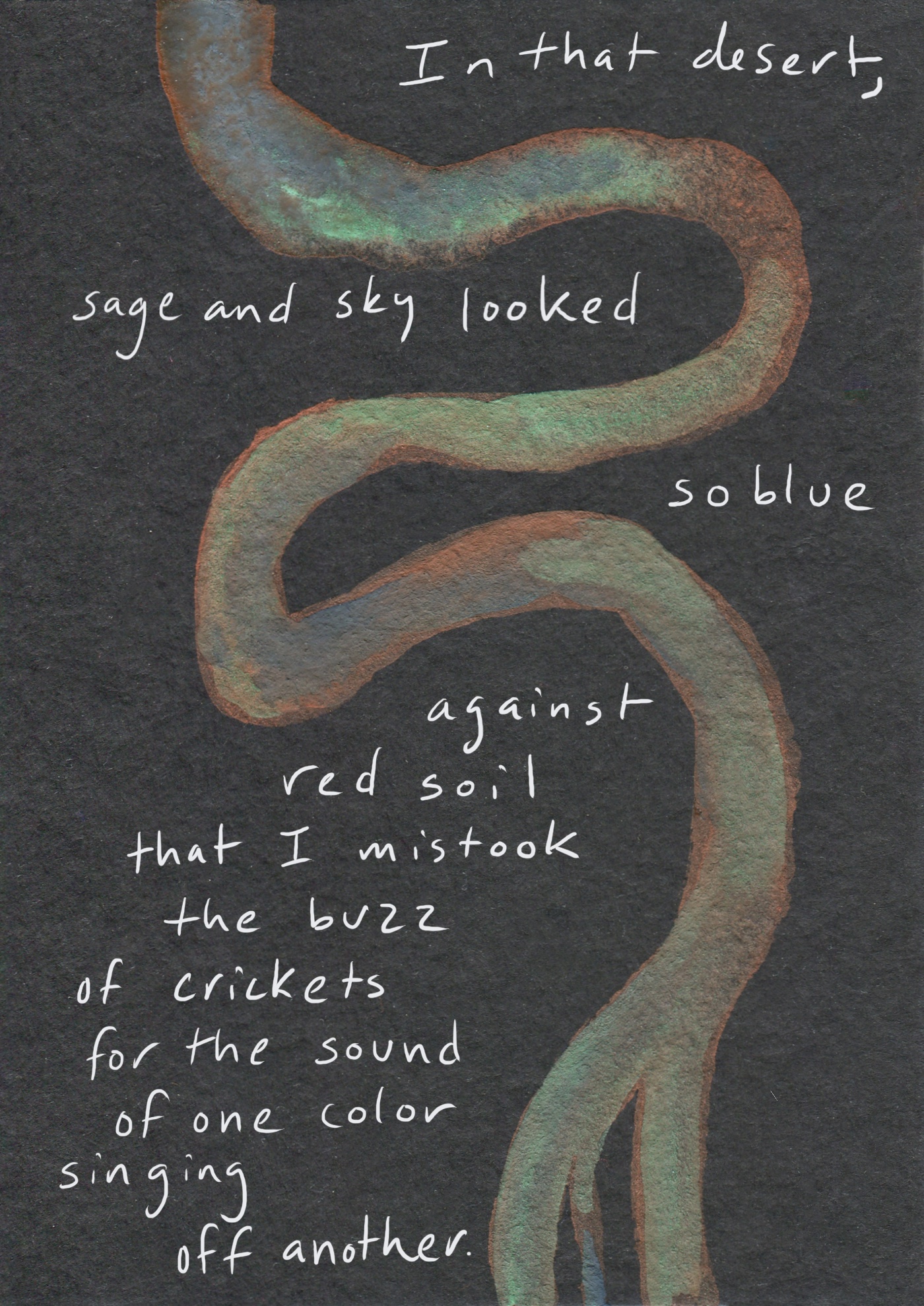Last autumn, Microsoft made a subtle change to its Excel spreadsheets, one which flew under the radar for normal mortals. Unlike many other software tweaks, this one made it easier to stop the software automating certain tasks. Specifically, its tendency to automatically convert input into dates. One major reason for the change was the havoc this automation had wreaked on geneticists needing to populate Excel with gene names like MARCH 1 and SEPT1. “Stop helping me,” one commenter pleaded in the Verge writeup: “Never automate anything without providing an easily discoverable means to de-automate it.” From your lips to god’s ear, mate.
This change from Microsoft was a welcome olive branch, as the human genome has had more than enough problems getting its naming conventions into the 21st century. Here’s my writeup about that from a couple of years ago.
* * *
Look, no one is trying to get a dick joke into the human genome. If it happens, it won’t be by design. No one even really thought it was a possibility until the late 1990s, when the physical chemistry professor Paul W. May was having a beer with some other science friends and they got around to talking about funny molecules. Everyone knew about the ring-shaped molecule called Arsole. It didn’t take long to conjure up several more funny science terms. May began to collect these, and soon had so many that he turned the collection into a blog. By 2008 the blog had become a book. (NB: both blog and book are written in Comic Sans. And he commits to the bit. Main text, table of contents, acknowledgments, and references – all Comic Sans. References!) The book has a whole separate section on gene names, and here you will find some of the spiciest names in science. By the time the book was published, however, some of them were already out of date – the Human Genome Nomenclature Committee had begun to take a keen interest in what geneticists were calling their new genes, and by 2006 had put the kibosh on 10 names deemed the most offensive. But if they thought their work was done, they didn’t know how much stranger it could get.
Continue reading






